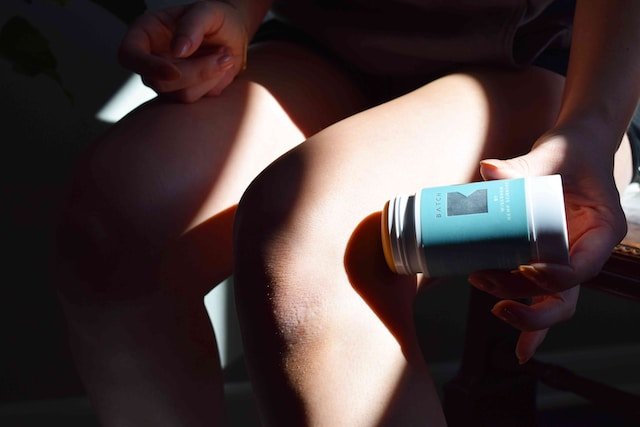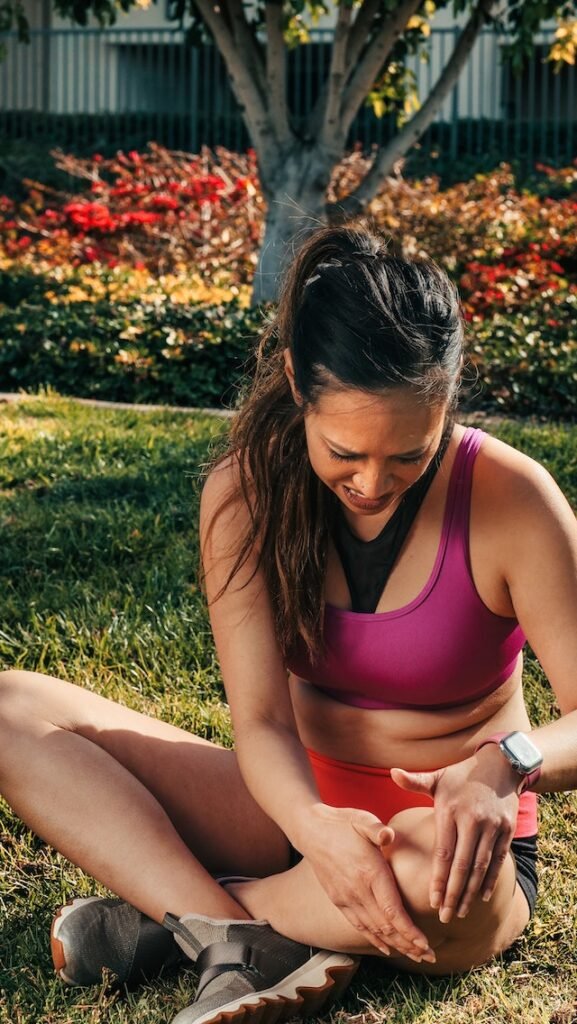Knee and hip injuries are quite common when it comes to athletes and this can affect their mobility, performance and overall quality of life. It is important to take proactive steps in order to prevent knee and hip injuries so that athletic prowess can be maintained.
There are many factors that can lead to knee
And hip injuries and you can visit mattbarnes.com.au to learn how an orthopaedic surgeon can help with treatment, recovery and prevention. Some of the factors that can contribute to these injuries are muscle imbalances, improper biomechanics, overuse and traumatic events like collisions or falls. Some of the common knee injuries are ACL tears, patellar tendonitis and meniscus tears. Hip injuries can injuries can include hip impingement syndrome. There are many strategies that can be followed to prevent injuries. Before you engage in any physical activity, you need to carry out a thorough warm-up to prepare the muscles, ligaments and tendons. You need to do dynamic stretches and mobility drills that target hamstrings, hip flexors, glutes, quadriceps etc. Dynamic stretching can help improve mobility, flexibility and blood flow to muscles. This will reduce the risk of injury during sports activities.

Strength training can help prevent knee
And hip injuries as this can improve muscular stability, strength and balance. You have to focus on exercises that target the muscles surrounding the hip and knee joints. Some of the multi-point exercises that you can incorporate to build lower body strength are lunges, squats and deadlifts. It is also important to pay attention to movement mechanics and technique when engaging in sports activities so that the risk of injury can be minimised. You need to maintain proper posture and alignment when engaged in high impact movements like cutting, landing, jumping and pivoting. You have to avoid excessive outward and inward knee collapse as this will increase the stress on the knee ligaments. It is also important to avoid sudden spikes in training volume or intensity as this will increase the risk of overuse injuries. This will also lead to musculoskeletal imbalances. It is important to gradually progress training mileage and loads so that your body can adapt to the workout and recover in-between.

It is important to include active recovery sessions
And rest days into your training routine so that burnout can be prevented. Also, you have to wear proper footwear and use proper sports equipment so that knee and hip injuries can be prevented. Athletic shoes that provide sufficient cushioning and support for your sport and foot type should be selected. Biomechanical imbalances can be corrected with orthotic inserts or custom made shoe inserts. You need to make sure that sports equipment like pads, helmets, braces etc. are fitted properly and are in good condition so that it provides you with optimal protection. You can also incorporate cross training activities into the workout to prevent overuse injuries. You can engage in low impact activities like cycling, swimming and yoga to reduce stress on the knees and hips.
